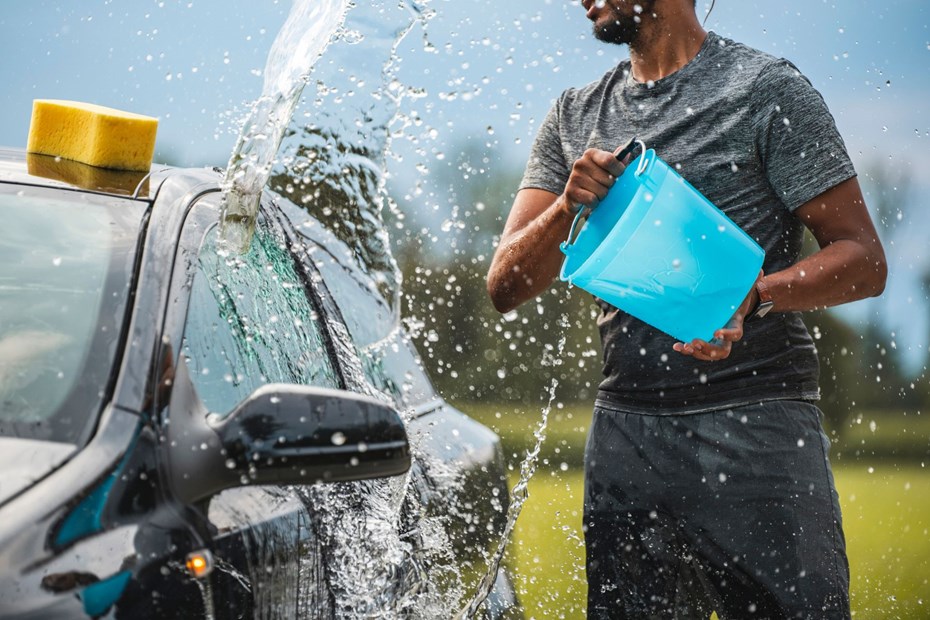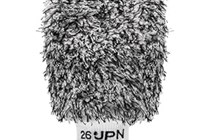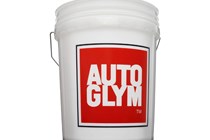The double bucket car cleaning method is a simple way of getting better results without leaving scratches on a car’s paintwork. A single bucket cleaning method can trap and lead to grit being dragged across a car’s body leading to loads of tiny scratches forming. This can only be corrected with polishing or an expensive respray so it’s best to avoid them forming in the first place.
Related: Touchless car washes: what is it and can I do it myself?
That’s where the double bucket method comes in. It’s a simple and affordable way to improve your car washing experience and get better results, all while preventing scratches from forming. So let Parkers break down the double bucket car cleaning method and save you cash and keep your paintwork gleaming.
What you need for double bucket cleaning
Important note: Get two of them.
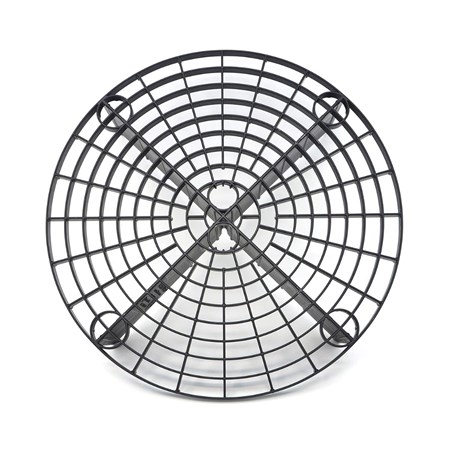

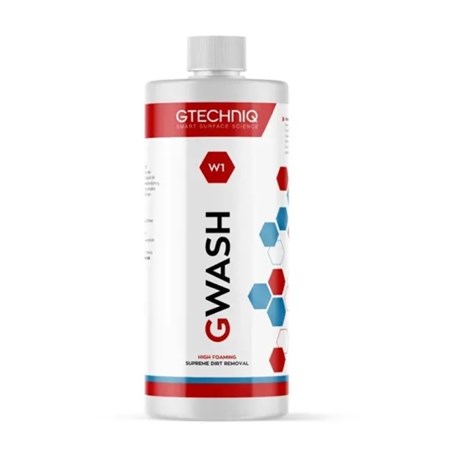

How to perform the double bucket method
• Insert the grit guards into the bottom of both buckets. Then add the recommended volume of car shampoo to the wash bucket and fill both up with tap water.
Tip: Use the barrel of your pressure washer for the final bit of filling your shampoo bucket, the pressurised water will help the shampoo lather up and produce a thicker foam
• Ideally you should first apply a pre-wash (like a snow foam) to your car before getting busy with the buckets. This step will help soften and break down dirt for easier cleaning and further reduce the risk of scratches occurring.
• Add your clean wash mitt into the shampoo-filled bucket and then start cleaning your car, working from top to bottom.
• When you can feel a little more resistance it’s time to clean your mitt in the rinse bucket. Make sure to rub your mitt against the grit guard to dislodge any embedded debris and ensure the mitt is contaminant free.
• Add the cleaned wash mitt back into the wash bucket to get shampoo on it again and continue cleaning.
• Repeat this wash and rinse method until the entire car has been cleaned with shampoo.
• Then it’s time to rinse the car with water and begin drying it. Make sure to dry the car with a drying towel.
The optional third bucket
Yes, that’s right, there’s a method that will expand your bucket collection further. The third bucket doesn’t have a set function and can be any of the following:
• To offer both heated and chilled water buckets
• A bucket for rinsing the wheels as they’re the dirtiest part of the car
• As a secondary rinse bucket for ensuring your wash mitt is even freer from contamination
Is it necessary? Not really, two buckets are the most effective car washing method, the gains that come from using additional buckets will be minuscule. A third bucket also means more costs and a higher water bill, as well as the faff of moving three buckets about.
Sign up to the Parkers Newsletter to keep up to date with more of the latest reviews, news, and recommendations from the Parkers team.
Just so you know, whilst we may receive a commission or other compensation from the links on this page, we never allow this to influence product selections – read why you should trust us.
Just so you know, we may receive a commission or other compensation from the links on this website - read why you should trust us.


